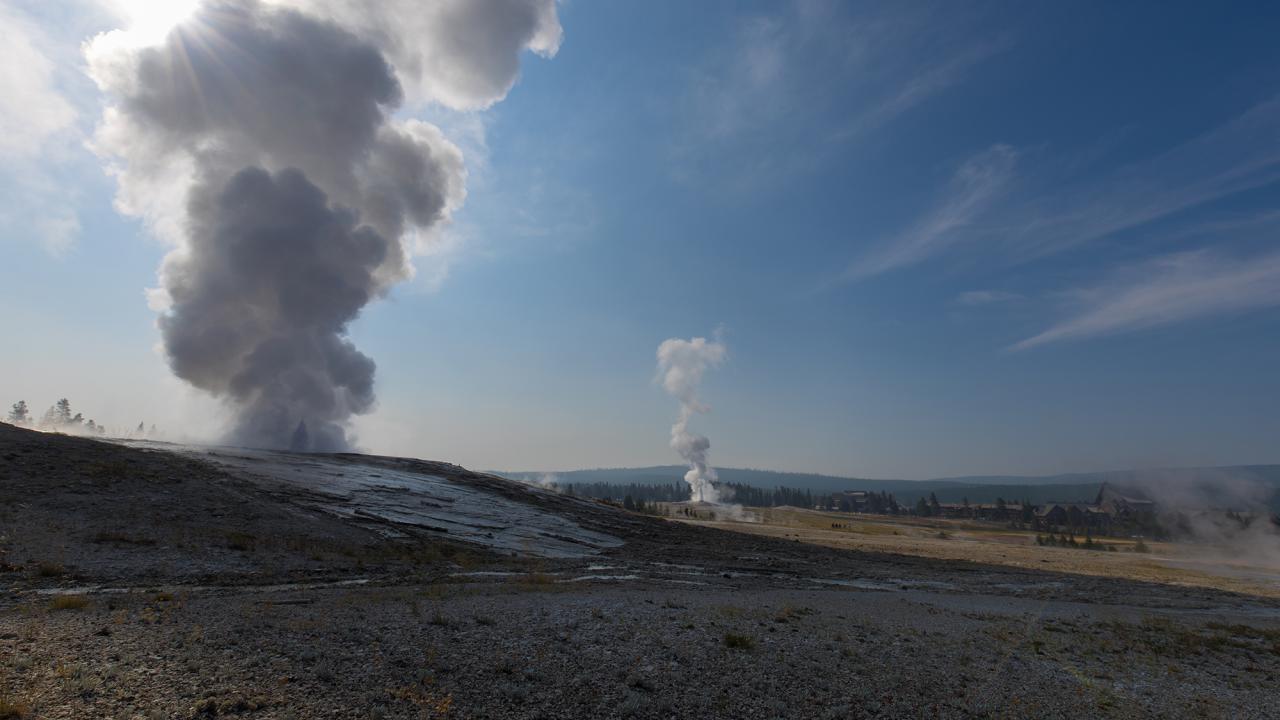There is more magma under the Yellowstone caldera than previously thought, according to a new study from researchers at the University of Illinois-Urbana Champaign published in Science Dec. 1. But that doesn't make a devastating eruption more likely, and the caldera is not showing signs of 'volcanic unrest,' researchers said.
The Yellowstone volcano has caused three enormous eruptions in the past 2.1 million years, most recently 640,000 years ago, when the present caldera formed. These eruptions covered much of North America in volcanic ash.
Professor Kari Cooper, volcanologist and chair of the UC Davis Department of Earth and Planetary Sciences, wrote a perspective article accompanying the new paper.
Volcanologists used to think of the magma reservoir below a volcano as a single "big tank" of molten rock. A modern view is that the magma reservoir is more like a slushy or snow cone, albeit a very hot one, with both solid and liquid components throughout, Cooper wrote. Collections of liquid magma could range in size from a thin film between solid grains, to blobs a few centimeters across, to much larger pods tens of meters across.
This variation means that you can't generalize the state of a magma reservoir by sampling just one part of it. A better understanding of how liquid magma is distributed in reservoirs could lead to a better understanding of the signals and changes that lead up to an eruption.
As for Yellowstone, the new study tells us more about what is going on beneath the surface, but doesn't raise the risk profile, researchers said. The volcano is monitored by the U.S. Geological Survey and the Yellowstone Volcano Observatory.
